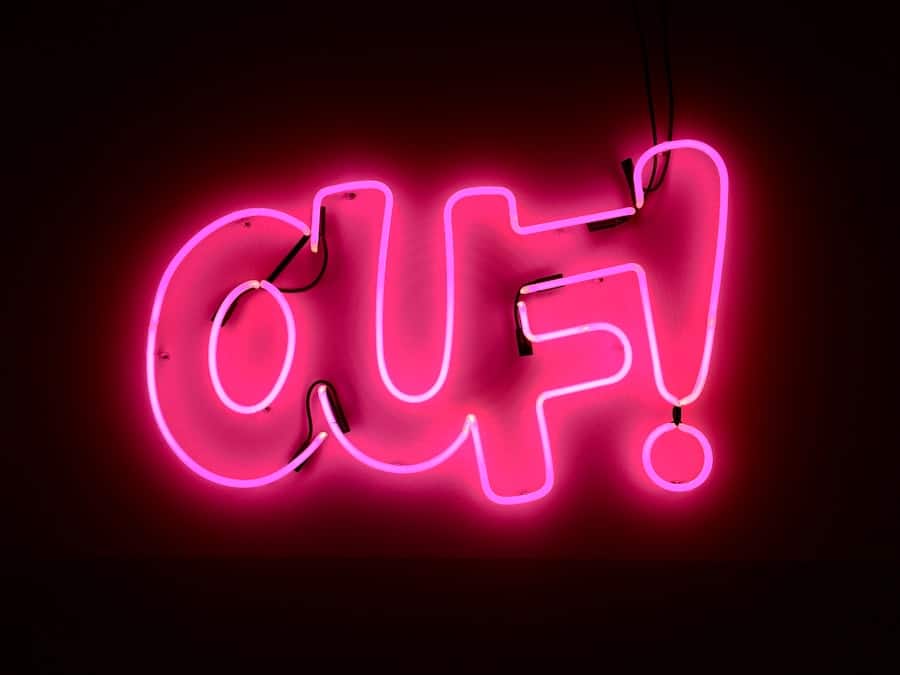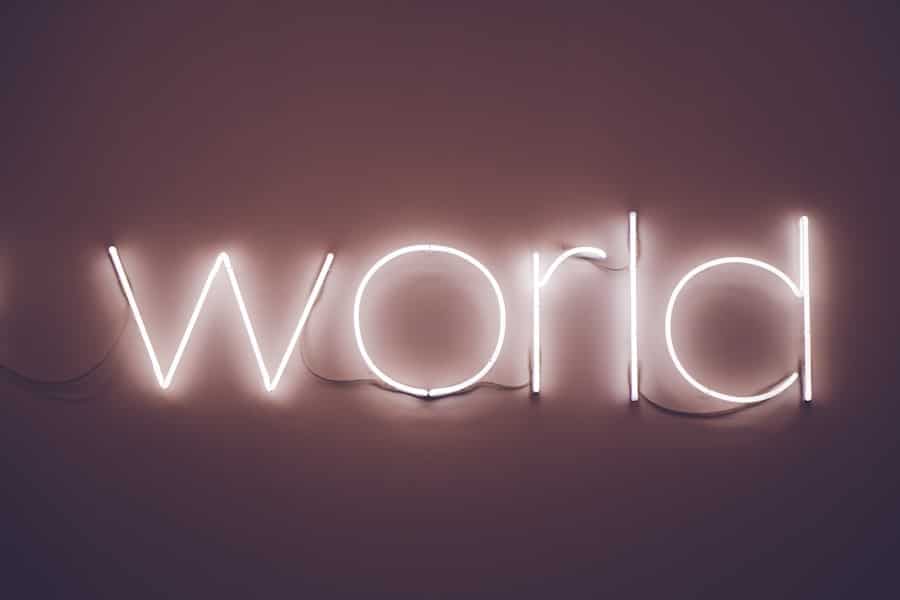The evolution of smartphone cameras has been nothing short of revolutionary, transforming the way we capture and share moments. In the early days of mobile photography, the quality of images produced by smartphones was often criticized for being inferior to that of dedicated cameras. However, advancements in technology have led to significant improvements in image sensors, optics, and software algorithms, allowing smartphones to produce stunning photographs that rival those taken with professional equipment.
Today, many users rely on their smartphones as their primary camera, thanks to the convenience and portability they offer. Smartphone cameras have become increasingly sophisticated, incorporating features such as multiple lenses, optical zoom, and advanced computational photography techniques. These innovations have made it possible for users to take high-quality images in a variety of conditions, including challenging environments where lighting is less than ideal.
As a result, the demand for smartphones with exceptional camera capabilities has surged, prompting manufacturers to invest heavily in research and development to enhance low light performance, a critical aspect of mobile photography.
Key Takeaways
- Smartphone cameras have become an essential tool for capturing everyday moments and memories.
- Low light performance is crucial for smartphone cameras as it determines the quality of photos in dimly lit environments.
- Popular smartphone cameras differ in their low light performance, making it important for consumers to consider this factor when purchasing a new device.
- Factors such as sensor size, aperture, and image processing play a significant role in determining a smartphone camera’s low light performance.
- Testing methodology for low light performance involves capturing photos in various low light conditions and analyzing the results to determine the camera’s capabilities.
Importance of Low Light Performance
Low light performance is a crucial factor for photographers, both amateur and professional, as it directly impacts the quality of images captured in dimly lit environments. Whether it’s a candlelit dinner, a concert, or a night out with friends, the ability to take clear and vibrant photos in low light conditions can significantly enhance the storytelling aspect of photography. Poor low light performance often results in grainy images, loss of detail, and inaccurate colors, which can detract from the overall aesthetic appeal of a photograph.
In recent years, social media platforms have further amplified the importance of low light performance. With the rise of platforms like Instagram and TikTok, users are increasingly sharing their experiences through visually compelling content. As a result, the demand for smartphones that can deliver high-quality images in low light has grown exponentially.
This trend has prompted manufacturers to prioritize low light capabilities in their camera systems, leading to innovations such as larger sensors, wider apertures, and advanced noise reduction algorithms that enhance image quality even in challenging lighting conditions.
Comparison of Low Light Performance in Popular Smartphone Cameras

When evaluating low light performance across various smartphone models, several key contenders consistently emerge as leaders in this domain. The Apple iPhone series has long been recognized for its impressive camera capabilities, particularly in low light situations. The latest models feature advanced computational photography techniques such as Night mode, which intelligently captures multiple exposures and combines them to produce bright and detailed images even in near darkness.
Users have reported significant improvements in image quality when using Night mode compared to previous iterations. On the other hand, Google’s Pixel series has garnered acclaim for its exceptional low light performance as well. The Pixel 6 and 7 models utilize advanced machine learning algorithms to enhance image quality in low light conditions.
The Night Sight feature allows users to capture stunning images with remarkable detail and clarity without the need for a flash. This capability has made the Pixel series a favorite among photography enthusiasts who prioritize low light performance. Samsung’s Galaxy S series also deserves mention for its impressive low light capabilities.
The Galaxy S21 Ultra, for instance, boasts a large sensor and an f/1.8 aperture that allows more light to enter the camera. Coupled with Samsung’s advanced image processing software, this smartphone can produce vibrant images even in dimly lit environments. Each of these smartphones showcases unique strengths in low light photography, making them popular choices among consumers seeking high-quality mobile photography experiences.
Factors Affecting Low Light Performance
Several factors contribute to the overall low light performance of smartphone cameras. One of the most significant is the size of the image sensor. Larger sensors can capture more light, resulting in better image quality and reduced noise levels.
This is why flagship smartphones often feature larger sensors compared to budget models. Additionally, the aperture size plays a crucial role; wider apertures (lower f-stop numbers) allow more light to reach the sensor, enhancing performance in low light situations. Another critical factor is the software algorithms used for image processing.
Modern smartphones employ sophisticated computational photography techniques that analyze multiple frames and combine them to create a single high-quality image. These algorithms can effectively reduce noise while preserving detail and color accuracy. For instance, Apple’s Smart HDR and Google’s HDR+ are examples of software innovations that significantly improve low light performance by intelligently balancing exposure and enhancing dynamic range.
Furthermore, stabilization technology is essential for capturing sharp images in low light conditions. Optical Image Stabilization (OIS) helps counteract camera shake during handheld shooting, allowing for longer exposure times without introducing blur. Many high-end smartphones now incorporate OIS or electronic stabilization methods to ensure that users can achieve clear images even when shooting in challenging lighting scenarios.
Testing Methodology for Low Light Performance
To accurately assess the low light performance of various smartphone cameras, a systematic testing methodology is essential. This typically involves setting up controlled environments with consistent lighting conditions to ensure fair comparisons between devices. A common approach is to use a dimly lit room or outdoor setting during twilight hours to simulate real-world low light scenarios.
During testing, each smartphone is tasked with capturing images at various ISO settings and shutter speeds to evaluate how well they perform under different conditions. Photographers often take multiple shots of the same scene using each device to account for variations in exposure and focus. Additionally, it is crucial to analyze images at 100% zoom to assess noise levels, detail retention, and color accuracy.
Post-processing techniques may also be employed to evaluate how well each smartphone handles editing tasks such as noise reduction and color correction. By comparing the results across different devices, photographers can gain insights into which smartphones excel in low light situations and which may fall short.
Results and Analysis of Low Light Performance

Unique Characteristics of Leading Smartphones
For instance, when comparing images taken with the iPhone 14 Pro Max and Google Pixel 7 Pro under similar lighting conditions, it becomes evident that both devices excel but exhibit unique characteristics. The iPhone tends to produce warmer tones with excellent detail retention in shadows, while the Pixel often captures cooler tones with remarkable clarity and reduced noise levels.
Noise Management and Sensor Size
In terms of noise management, the Samsung Galaxy S21 Ultra demonstrates impressive capabilities as well. Its larger sensor size allows it to maintain detail even at higher ISO settings compared to some competitors. However, users may notice a slight increase in color saturation that can be appealing for certain types of photography but may not be suitable for all scenarios.
Dynamic Range and Exposure Balance
Moreover, when analyzing dynamic range—the ability to capture details in both highlights and shadows—each smartphone exhibits strengths and weaknesses. The iPhone’s Smart HDR feature effectively balances exposure across different areas of an image, resulting in well-defined highlights without losing shadow detail. Conversely, Google’s Night Sight excels at preserving details in darker areas while managing highlights effectively.
Tips for Improving Low Light Photography with Smartphone Cameras
To maximize low light photography potential with smartphone cameras, users can adopt several practical tips that enhance their shooting experience. First and foremost, utilizing a tripod or stabilizing surface can significantly reduce camera shake during longer exposures. This is particularly important when shooting at slower shutter speeds or higher zoom levels where even minor movements can lead to blurry images.
Another effective technique is to enable any available night mode or low light settings on the smartphone camera. These features are specifically designed to optimize settings for dimly lit environments by adjusting exposure times and enhancing image processing algorithms. Users should also experiment with manual controls if available; adjusting ISO settings can help balance sensitivity to light while maintaining image quality.
Additionally, taking advantage of natural light sources whenever possible can yield better results. Positioning subjects near windows or other ambient light sources can help illuminate scenes without relying solely on artificial lighting or flash. Lastly, post-processing apps can be invaluable tools for enhancing low light images after they are captured; adjusting brightness levels, contrast, and noise reduction can transform an otherwise mediocre shot into a stunning photograph.
Conclusion and Recommendations for Low Light Photography with Smartphone Cameras
In conclusion, low light performance remains a pivotal aspect of smartphone photography that significantly influences user experience and satisfaction. As manufacturers continue to innovate and improve their camera technologies, consumers are presented with an array of options tailored for various photography needs.
Ultimately, understanding the factors that affect low light performance—such as sensor size, aperture width, and software algorithms—can empower users to make informed decisions when selecting a smartphone camera. By employing effective techniques and leveraging available features designed for low light conditions, photographers can elevate their mobile photography skills and capture stunning images regardless of lighting challenges they may encounter.
If you are interested in enhancing your smartphone photography skills, you may also want to check out The Ultimate Guide to the Best Screen Recording Software in 2023. This article provides valuable information on the top screen recording software options available, which can be useful for creating tutorials or capturing moments on your device. Additionally, if you are in need of a powerful laptop for editing your photos, you can read about The Best Laptop for Architects to find the perfect device for your needs. And if you are looking to start a photography blog or website to showcase your work, you may want to explore Best WordPress Hosting Companies 2023 for reliable hosting options.
FAQs
What are the key factors to consider when comparing smartphone cameras in low light conditions?
The key factors to consider when comparing smartphone cameras in low light conditions include the size of the camera sensor, the aperture size, the presence of optical image stabilization, and the performance of the camera’s low light mode or night mode.
Which smartphone camera has the largest sensor for better low light performance?
As of the latest models, the Huawei P30 Pro and the Google Pixel 4 have been noted for having larger camera sensors, which can contribute to better low light performance.
How does the aperture size affect a smartphone camera’s performance in low light?
A wider aperture allows more light to enter the camera sensor, which can improve low light performance. Smartphones with wider aperture sizes, such as f/1.7 or lower, are generally better in low light conditions.
What role does optical image stabilization play in improving low light photography with a smartphone camera?
Optical image stabilization helps reduce the effects of hand shake or movement when taking photos in low light, resulting in sharper images. Smartphones with optical image stabilization are generally better equipped for low light photography.
Which smartphone camera’s low light mode or night mode has been recognized for its performance?
The Google Pixel 4’s Night Sight mode and the Huawei P30 Pro’s Night Mode have been widely praised for their performance in low light conditions, producing well-exposed and detailed images even in challenging lighting situations.

